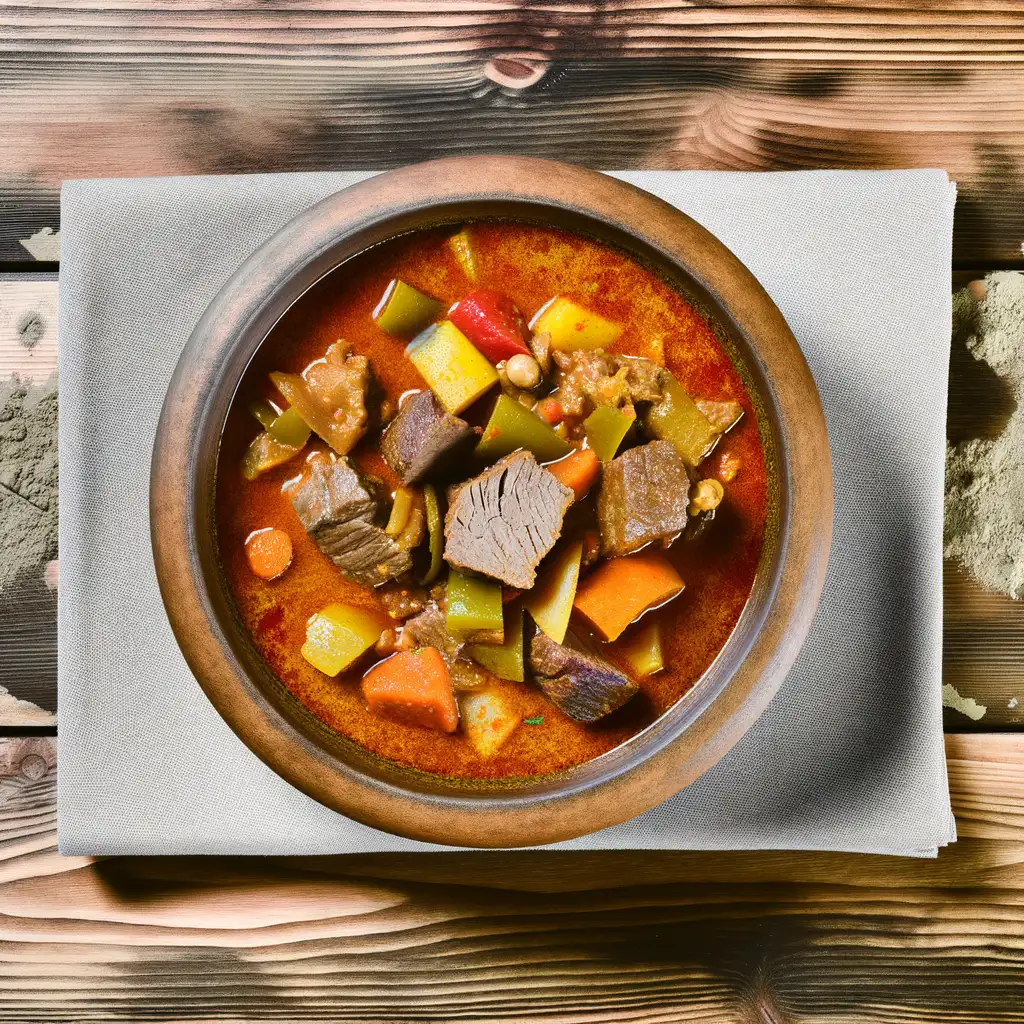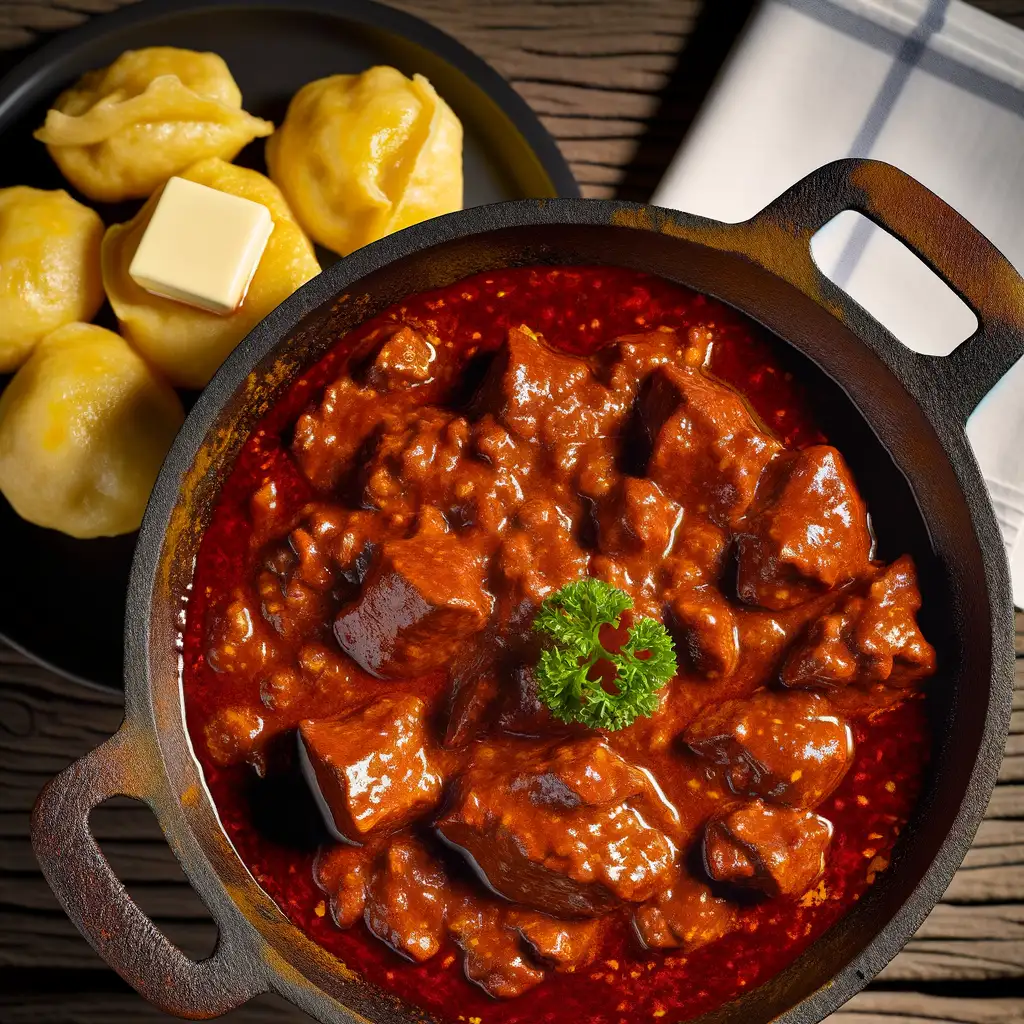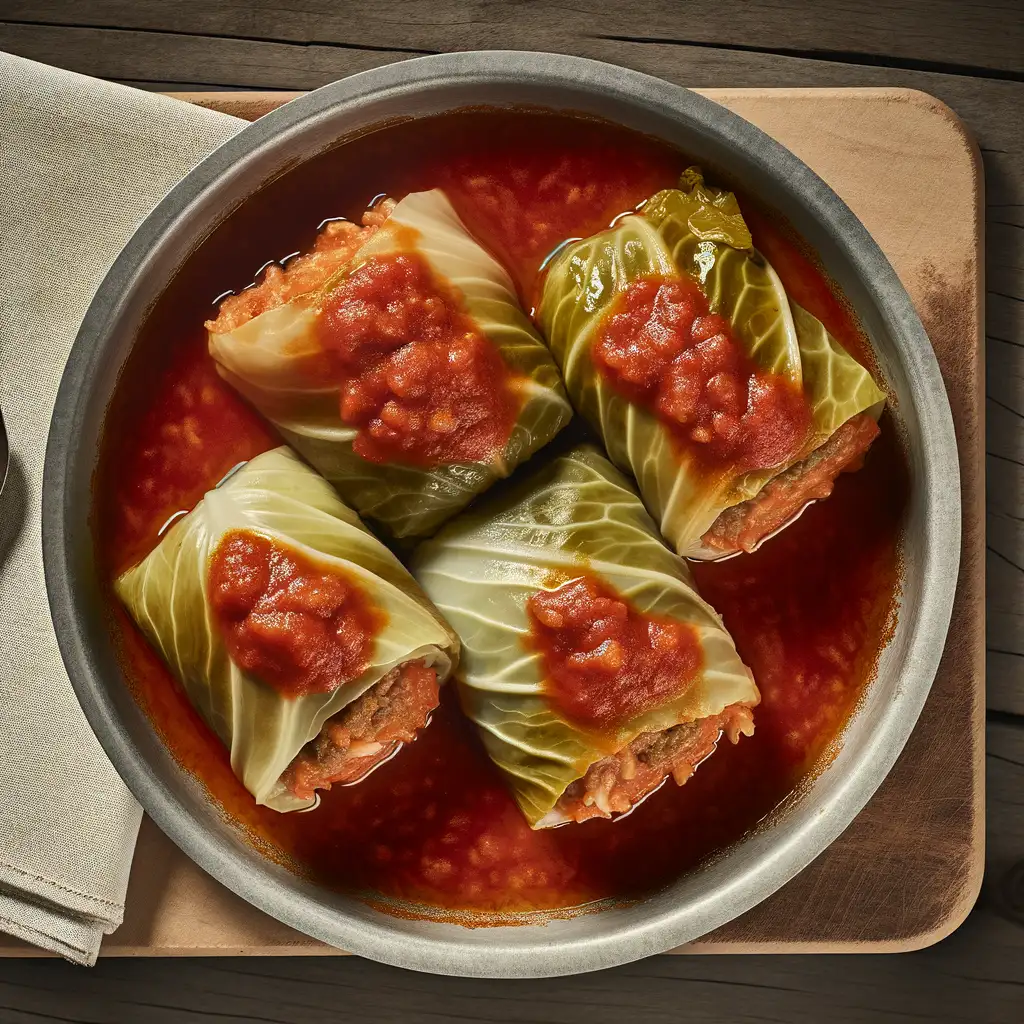


If you ever find yourself wandering through Hungary,Szeged is one of those places that wraps you in a warm,inviting hug the moment you arrive. There’s this gentle hum in the air—part river breeze from the Tisza,part the chatter of locals sipping coffee in sun-dappled squares. The city feels alive but unhurried,like it’s savoring every moment. Walking through its streets,you’ll notice the soft glow of the Art Nouveau buildings,their intricate details catching the afternoon light,while the scent of freshly baked pogácsa (a savory Hungarian pastry) drifts from cozy bakeries. Szeged’s character is a beautiful blend of old-world charm and youthful energy. The university vibe brings a lively buzz,especially around the cafés and bars where students and artists mingle. Don’t miss the grand Votive Church—its twin spires dominate the skyline and inside,the colorful stained glass filters sunlight into a kaleidoscope of colors. In the summer,the city bursts into life with the Szeged Open Air Festival,where music and theater spill out into the streets,filling the air with laughter and applause. What really makes Szeged stand out is its food culture. The paprika here isn’t just a spice; it’s a way of life. Try the famous Szeged fish soup—rich,smoky,and comforting,it’s like a warm hug in a bowl. Whether you’re wandering along the riverbanks,exploring the leafy parks,or simply sitting at a terrace watching the world go by,Szeged invites you to slow down,breathe deeply,and soak in a slice of Hungarian life that feels both timeless and refreshingly genuine.
The information on this page is currently being reviewed by Tripkliq and should be used as a guide only
Eng word: Hello
Eng pronunciation: See-ya
Local language: Szia
Eng word: Goodbye
Eng pronunciation: Vees-laht
Local language: Viszlát
Eng word: Thank you
Eng pronunciation: Kuh-suh-nuhm
Local language: Köszönöm
Eng word: How much
Eng pronunciation: Men-yee-beh keh-rool
Local language: Mennyibe kerül
Eng word: Toilet
Eng pronunciation: Vay-tsay
Local language: WC
Eng word: Help me
Eng pronunciation: Sheg-eet-sheg
Local language: Segítség
Eng word: Yes
Eng pronunciation: Ee-gen
Local language: Igen
Eng word: No
Eng pronunciation: Nem
Local language: Nem
Eng word: Excuse me
Eng pronunciation: El-ney-zesht
Local language: Elnézést
In 1879, Szeged was devastated by a massive flood that destroyed most of the city. However, the city was rebuilt with the help of international support, transforming it into a modern and beautifully planned urban area with wide boulevards and stunning architecture.
The Szeged Open-Air Festival, established in 1931, is one of Hungary's most famous cultural events. Held in the stunning Dóm Square, it features opera, theater, and musical performances, attracting visitors from around the world.
The iconic Votive Church, also known as the Szeged Cathedral, was built as a symbol of gratitude after the Great Flood of 1879. Its twin towers and impressive interior make it a must-visit landmark in the city.
Szeged is known as the 'City of Sunshine' and is famous for its production of high-quality paprika. The spice has become a symbol of Hungarian cuisine, and Szeged's paprika is celebrated worldwide.
Founded in 1872, the University of Szeged is one of Hungary's leading educational institutions. It has a rich history and is renowned for its contributions to science, particularly in the field of medicine.
The Szeged Synagogue, completed in 1903, is one of the largest and most beautiful synagogues in Europe. Its stunning architecture and intricate interior design make it a significant cultural and historical site.
Szeged is often referred to as the 'City of Sunshine' due to its high number of sunny days each year. This pleasant climate has contributed to the city's vibrant atmosphere and agricultural success.
The Tisza River, which flows through Szeged, has played a vital role in the city's history and development. It provides a picturesque setting for the city and offers opportunities for recreation and relaxation.
Named after the famous Hungarian writer and journalist Ferenc Móra, this museum showcases the history, art, and culture of Szeged and the surrounding region. It is a treasure trove for history enthusiasts.
In Szeged, the most common Power Adaptor is Type C, Type F.



A hearty Hungarian stew made with beef, potatoes, vegetables, and seasoned with paprika, often served with bread.

A rich meat stew, usually made with beef or pork, cooked slowly with onions, paprika, and other spices.

A deep-fried flatbread, often topped with garlic, sour cream, and cheese, popular as a street food snack.


A sweet, spiral-shaped pastry cooked over an open flame, coated in sugar and often flavored with cinnamon or nuts.

Stuffed cabbage rolls filled with a mixture of minced meat and rice, cooked in a savory tomato sauce.

A traditional Hungarian fish soup made with river fish, typically carp, and flavored with paprika and other spices.
Budapest feels like stepping into a storybook where history and modern life dance together effortlessly. The moment you stroll along the Danube River,with the majestic Parliament building glowing in the evening light,you sense a city that’s both grand and inviting. There’s a rhythm here—street musicians playing haunting melodies,the clinking of glasses in cozy ruin pubs,and the gentle splash of thermal baths that have been soothing locals for centuries. It’s a place where every corner whispers tales of empires past,yet pulses with youthful energy.
Wandering through the cobbled streets of the Castle District,you catch the scent of fresh pastries mingling with the earthy aroma of old stone walls. The vibrant markets buzz with vendors selling paprika,fresh bread,and sweet chimney cakes,tempting you to taste the rich flavors of Hungarian cuisine. Budapest’s character shines brightest in its contrasts:the elegant Art Nouveau cafés sit side by side with edgy street art,and the grand boulevards lead you to intimate courtyards where locals sip coffee and chat animatedly.
What makes Budapest truly unforgettable is how it wraps you in warmth—whether it’s the steamy embrace of a thermal bath on a chilly day or the friendly chatter in a bustling café. It’s a city that invites you to slow down,savor every moment,and discover stories hidden in its architecture,food,and people. Trust me,once you’ve felt Budapest’s pulse,you’ll carry a piece of it with you long after you leave.
Vienna feels like stepping into a living storybook where every street hums with history and charm. The moment you wander through its grand boulevards,you’re wrapped in a warm embrace of baroque architecture,cozy coffeehouses,and the gentle melodies of street musicians playing waltzes nearby. There’s a rhythm to the city — elegant yet inviting — where the past and present dance together effortlessly.
As you stroll along the Danube or through the lush gardens of Schönbrunn Palace,you catch the scent of freshly baked strudel mingling with the earthy aroma of roasted coffee beans from a nearby café. The city’s café culture is something special; sitting down with a slice of Sachertorte and a strong Viennese coffee feels like a small,delicious ritual. You’ll hear the soft clink of porcelain cups and the murmur of locals deep in conversation,making you feel instantly at home.
Vienna’s character is a blend of refined artistry and genuine warmth. It’s a place where grand opera houses and modern galleries coexist,and where the locals’ pride in their musical heritage is palpable. Whether you’re exploring the vibrant Naschmarkt with its colorful stalls or catching a live performance in a centuries-old concert hall,Vienna invites you to slow down,savor the moment,and soak in its timeless elegance.
If you wander into Belgrade,you’ll immediately feel its pulse—a lively mix of old-world charm and raw,youthful energy. The city hums with life,especially along the banks of the Danube and Sava rivers,where locals gather at quirky cafés and buzzing bars that spill out onto cobblestone streets. There’s a certain warmth in the air,a blend of roasted coffee,fresh pastries,and the faint,smoky aroma of grilled meats from nearby street vendors. It’s a place where history and modernity collide,with imposing fortress walls standing guard over vibrant street art and sleek,contemporary galleries.
Walking through Belgrade’s neighborhoods,you’ll hear a medley of languages and laughter,the clinking of glasses,and the occasional street musician strumming a guitar. The city’s character is unapologetically bold—Serbs are fiercely proud yet incredibly welcoming,eager to share stories over a glass of rakija or a hearty plate of ćevapi. The markets brim with fresh produce and homemade cheeses,inviting you to taste the authentic flavors of the region.
What makes Belgrade truly unforgettable is its spirit of resilience and celebration. Whether you’re exploring the bohemian district of Skadarlija with its lively taverns or watching the sunset from Kalemegdan Fortress,you’ll sense a city that’s constantly reinventing itself while holding tight to its roots. It’s a place that invites you to slow down,soak in the atmosphere,and become part of its ongoing story.
Imagine wandering through a city where the old world gently brushes against the new,and every corner hums with a quiet,inviting energy—that’s Zagreb. From the moment you step into its cobbled streets,you’re wrapped in a warm,lived-in charm. The air carries the scent of fresh coffee mingling with blooming linden trees,while the distant chatter from open-air cafés spills into the streets,inviting you to slow down and savor the moment. Zagreb doesn’t shout for attention; it welcomes you like an old friend,with a smile and a story.
The city’s character is a delightful blend of Austro-Hungarian elegance and vibrant Croatian spirit. Strolling through the Upper Town,you’ll catch glimpses of medieval towers and baroque facades,while the Lower Town buzzes with modern life—art galleries,quirky boutiques,and lively markets where you can taste local cheeses,honey,and the unmistakable sweetness of fresh figs. Music often drifts from street performers,adding a soundtrack to your exploration that feels both spontaneous and soulful.
What makes Zagreb truly special is its rhythm—unhurried yet alive. Whether you’re sipping a glass of robust Croatian wine in a cozy tavern or watching the sunset paint the rooftops in shades of gold and rose,there’s a sense of belonging here. It’s a city that invites you to not just see it,but to feel it,to become part of its story,even if just for a little while.
If you find yourself wandering through Okres Bratislava I,you’ll immediately notice a unique blend of old-world charm and vibrant city life that feels both cozy and electric. The cobblestone streets of the historic center invite you to slow down and soak in the atmosphere,where the scent of fresh pastries mingles with the faint hum of street musicians playing in the squares. It’s the kind of place where every corner tells a story—whether it’s the medieval walls of Bratislava Castle standing proudly above the Danube or the colorful facades of buildings lining Michalská Street.
What really makes Bratislava I special is its rhythm. Mornings start with locals sipping rich Slovak coffee in sun-dappled cafés,while afternoons buzz with the chatter of artists and students spilling out from galleries and bookshops. The city’s character is a warm mix of tradition and creativity,where centuries-old churches sit side by side with trendy bistros serving up hearty bryndzové halušky (potato dumplings with sheep cheese) that taste like a comforting hug.
As evening falls,the lights reflecting off the Danube create a magical glow,and the air fills with the aroma of grilled meats and fresh bread from nearby markets. Whether you’re wandering through leafy parks or catching a live jazz set in a tucked-away cellar bar,Bratislava I feels like a place that invites you to linger,explore,and fall a little in love with its easygoing spirit and rich culture.
If you ever find yourself wandering through Split,it’s like stepping into a living,breathing storybook where ancient history and vibrant modern life dance together effortlessly. The moment you stroll along the Riva promenade,the salty breeze from the Adriatic mingles with the aroma of fresh espresso and grilled seafood wafting from nearby cafés. Locals chat animatedly in the sun-dappled squares,their laughter blending with the distant hum of boats bobbing gently in the harbor. There’s a laid-back energy here that feels both timeless and alive,inviting you to slow down and soak it all in.
Split’s heart beats strongest in Diocletian’s Palace,a sprawling Roman fortress that’s less a museum and more a neighborhood where people live,shop,and gather. Walking through its ancient stone alleys,you’ll catch glimpses of colorful markets,artisan shops,and cozy taverns tucked into centuries-old walls. At night,the city transforms as lanterns flicker on,and the sound of live klapa singing—traditional a cappella harmonies—drifts through the air,wrapping you in a warm,soulful embrace.
What really makes Split unforgettable is how effortlessly it blends the old with the new. You can savor a plate of fresh octopus salad while watching fishermen haul in their catch,then wander to a rooftop bar for a cocktail as the sun sets behind the islands. It’s a place where every corner tells a story,every meal feels like a celebration,and every moment invites you to become part of its ongoing tale.
Scammers may install skimming devices on ATMs to steal card information from tourists withdrawing cash.
Tourists may be offered currency exchange services at rates that seem too good to be true, only to receive counterfeit or outdated currency.
Unlicensed individuals may offer guided tours, providing little value or incorrect information while charging high fees.
Some taxi drivers may overcharge tourists by not using the meter, taking longer routes, or quoting inflated flat rates.
Crowded areas, such as markets or tourist attractions, may attract pickpockets who target distracted tourists.
Certain restaurants may add hidden charges or inflate the bill, especially if the menu is unclear or lacks prices.
Scammers may pose as charity workers or monks, asking for donations for fake causes and pressuring tourists to give money.
Street vendors may sell counterfeit or low-quality goods at inflated prices, targeting unsuspecting tourists.
Hungary has strict drug laws, and Szeged is no exception. The possession, use, and distribution of illegal drugs are criminal offenses and can result in severe penalties, including imprisonment. Even small amounts of drugs for personal use can lead to legal consequences. Tourists should avoid any involvement with illegal substances while in Szeged or elsewhere in Hungary.
In Szeged, Hungary, smoking is regulated under Hungarian national laws. Smoking is prohibited in enclosed public spaces, workplaces, public transport, and within a 5-meter radius of entrances to public buildings. Smoking is also banned in playgrounds and certain outdoor areas frequented by children. Designated smoking areas may be available in some places, but tourists should look for signage to confirm. Violations can result in fines.
Vaping is subject to similar restrictions as smoking in Szeged and across Hungary. The use of e-cigarettes is prohibited in enclosed public spaces, workplaces, and public transport. Additionally, the sale of e-cigarettes and related products is regulated, and advertising them is banned. Tourists should avoid vaping in non-smoking areas to avoid fines.
What are other people saying about Szeged?
Recent Social posts about Szeged
There is nothing to show you for now.